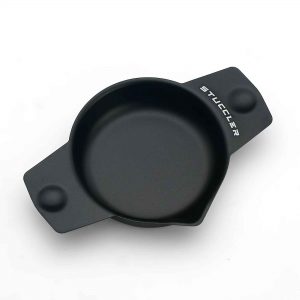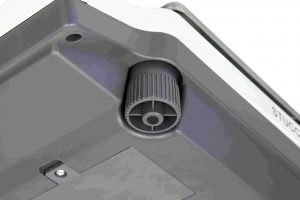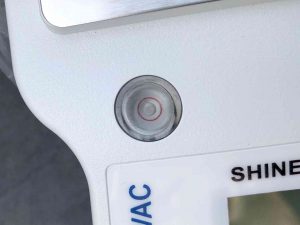Precision Weighing in the Diamond and gemstone Industry with STUCCLER
Wondering about the precision in diamond and gemstone weighing? Delve into STUCCLER’s insights on the ‘4 Cs’ of diamond grading, challenges in accurate weighing, and how to overcome them. Find answers to your weighing concerns and learn how STUCCLER’s technology ensures impeccable results every time
Outline
- Diamond and Gemstone Weighing Essentials
- Diamond Formation and Grading
- Diamond and Gemstone Weighing Applications
- Gemstones and Their Assessment
- Diamond and Gemstone Know-How
- Challenges and Solutions in Diamond Weighing
- STUCCLER’s Role in Diamond Weighing
1. Diamond and Gemstone Weighing Essentials
Diamonds, with their unmatched brilliance, are a top choice for jewelry, especially engagement rings. Their value largely depends on their weight, making accurate weighing crucial. Historically, diamonds have held significance since the 15th century, with Archduke Maximillian of Austria gifting a diamond engagement ring to Mary of Burgundy.
2. Diamond Formation and Grading
Formed deep within the Earth, diamonds undergo mining, cutting, and polishing to become dazzling stones in jewelry. Their quality is graded on the ‘4 Cs’: Color, Clarity, Cut, and Carat, with a carat being equivalent to 200 mg. The most sought-after diamonds are colorless and free from inclusions.
3. Diamond and Gemstone Weighing Applications
Diamond Mining: Weighing in mining conditions can be challenging due to dust, dirt, and vibrations. It can take up to 7 tons of ore to yield 1 carat of finished diamonds. Rough diamonds are sorted and weighed before being sent to wholesalers.
Diamond Trading: Rough diamonds are sold to wholesalers at bourses and auctions. These diamonds come with a grading report from a gemological institute or laboratory, detailing the diamond’s weight in carats. STUCCLER’s SENCE-JD Series carat scales, with built-in totalization applications, are advantageous for this process.
Diamond Processing: The cut of a diamond is crucial as it determines its interaction with light, giving it its unique sparkle. Processing a diamond can result in a loss of up to 60% of its original weight. The Gemological Institute of America (GIA) states that diamonds are weighed in carats to three decimal places and then rounded to two decimal places.
4. Gemstones and Their Assessment
Gemstones like rubies, emeralds, and sapphires are produced similarly to diamonds. The 4Cs grading system can also evaluate their quality. However, hue, saturation, and tone are additional vital considerations for gemstone color.
5. Diamond and Gemstone Know-How
The Gemological Institute of America (GIA) introduced the 4Cs and the associated International Grading System™ to provide a consistent method for assessing and comparing diamond quality.
6. Challenges and Solutions in Diamond Weighing
Weighing diamonds accurately is crucial to meet local regulations and gain customer trust. STUCCLER offers solutions to common challenges faced during diamond weighing, such as adjusting for temperature variations, achieving fast and accurate results, and documenting and tracking results.




7. STUCCLER's Role in Diamond Weighing
STUCCLER’s jewelry balances and scales are the preferred choice for weighing diamonds, gemstones, and other precious metals. Their scales offer consistent and reliable performance, ensuring accurate results.
In conclusion, the weighing of diamonds and gemstones is a precise science that requires accurate tools and expertise. With advancements in technology and the introduction of reliable scales like those from STUCCLER, the process has become more streamlined and efficient.


